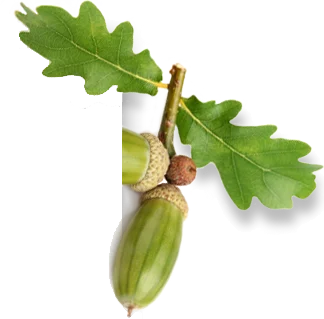Southern England and Wales

Wood flooring installation is the process by which the individual wooden pieces (strips, boards, wide planks or blocks) are laid as one continuous flooring surface.
The installation method is very important as it has a major impact on the quality (feel, appearance, stability) of the finished article. The decision about the installation method of a wooden floor should but taken after a careful consideration of a number of applicable factors (subfloor type, humidity levels, skirting boards, etc.) and should be based on what is the best and correct method rather than what is quickest or easiest to do.
The way a wooden floor is installed has the potential to make it or break it and in order to avoid possible future issues, as a rule of thumb, gluing is best for concrete subfloors and nailing is best for wooden subfloors. Of course, there can be particular circumstances which may constitute a call for an exception but they are rare enough to do justice to the meaning of word.
Gluing directly to the subfloor should be the preferred method for installing over any hard core subfloor, in the majority of cases a concrete slab or a cement screed.
Gluing can also be performed on top of well stuck linoleum, vinyl tiles or quarry tiles, however it is vital that they themselves are strongly adhered to the underlaying concrete as the integrity and stability of the subsequent installation will depend on entirely on that. Timber floors can also be glued onto wooden subfloors, although the better option is to secret nail.
All parquet blocks floors should by definition be glued down (unless they are larger pieces that can be securely nailed) regardless of the subfloor.
Nailing should be the preferred method for all board floors whenever the subfloor is original planks (the basic floor nailed onto joists), plywood sheets or chipboard sheets. Whenever the subfloor is capable of holding nails, the correct installation method would be to nail into it.
Nailing is usually concealed, i.e. the nail sits at an angle on top of the tongue and is hidden by the following line. This method is suitable for most modern floors which have a tongue/groove connection. Nailing can also be done on the face of the plank, either because the board a squared edge plank without connections or for aesthetic purposes. In some cases surface nails would be punched in and filled so that they remain invisible, in other cases traditional T-shaped thick cut nails can be used to replicate an older installation.
Very much the same as nailing, applicable only to wooden substrates. It is a stronger way of installing in comparison to nailing, however it takes considerably longer.
Screwing on the face of the planks is usually done by countersinking and plugging with a wooden dowel and conventional screws can be used for that.
When screwing on top of the tongues, i.e. identical to nailing, the screws have to be such as not to split the wood.
Floating a wooden floor, i.e. not physically attaching it to the subfloor is as much a popular concept as it is a bad one. It is usually employed for the laying of inferior quality, temporary floor surfaces like thin pre-finished engineered floors or laminates.
It has many disadvantages, most notably it remains susceptible to movements, floated floors are wobbly as they follow the undulations of the subfloors and last but not least they are very noisy.
Floated floors are not in the interest of any paying customer and are only popular by virtue of being quick and easy to fit, they also required substantially less skill and equipment.
Pinning is the process of installing a thin "overlay" timber floors. Many floors installed in the 30` s and 40`s were 9mm thick and were pinned down onto basic pitch pine boards with small pins holding each block down in 4 to 8 places. Pinning usually coincides with gluing as well.
Nowadays, pinning is rare and may be a required method in case of a "like for like" insurance work where the original floor has to be matched.